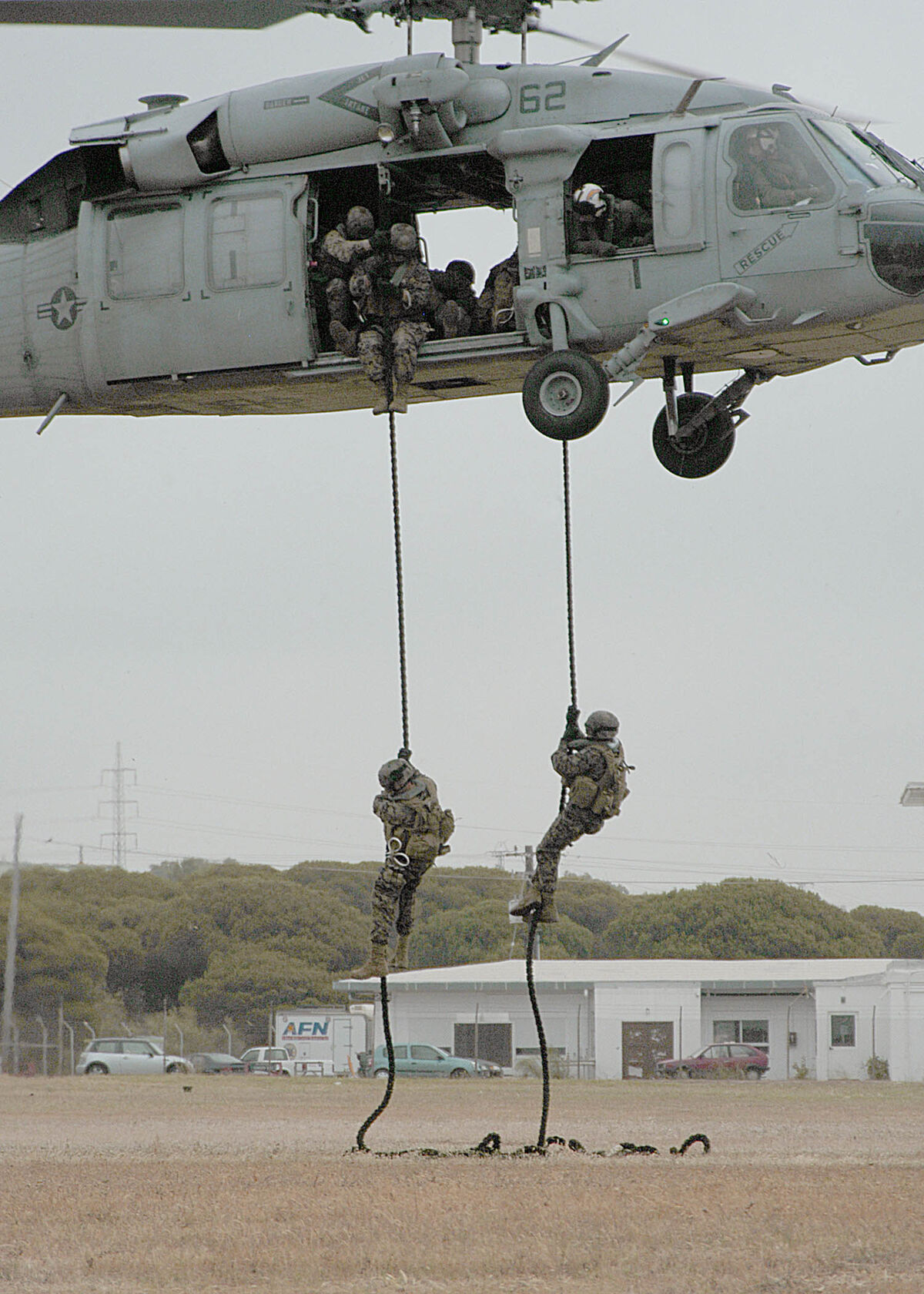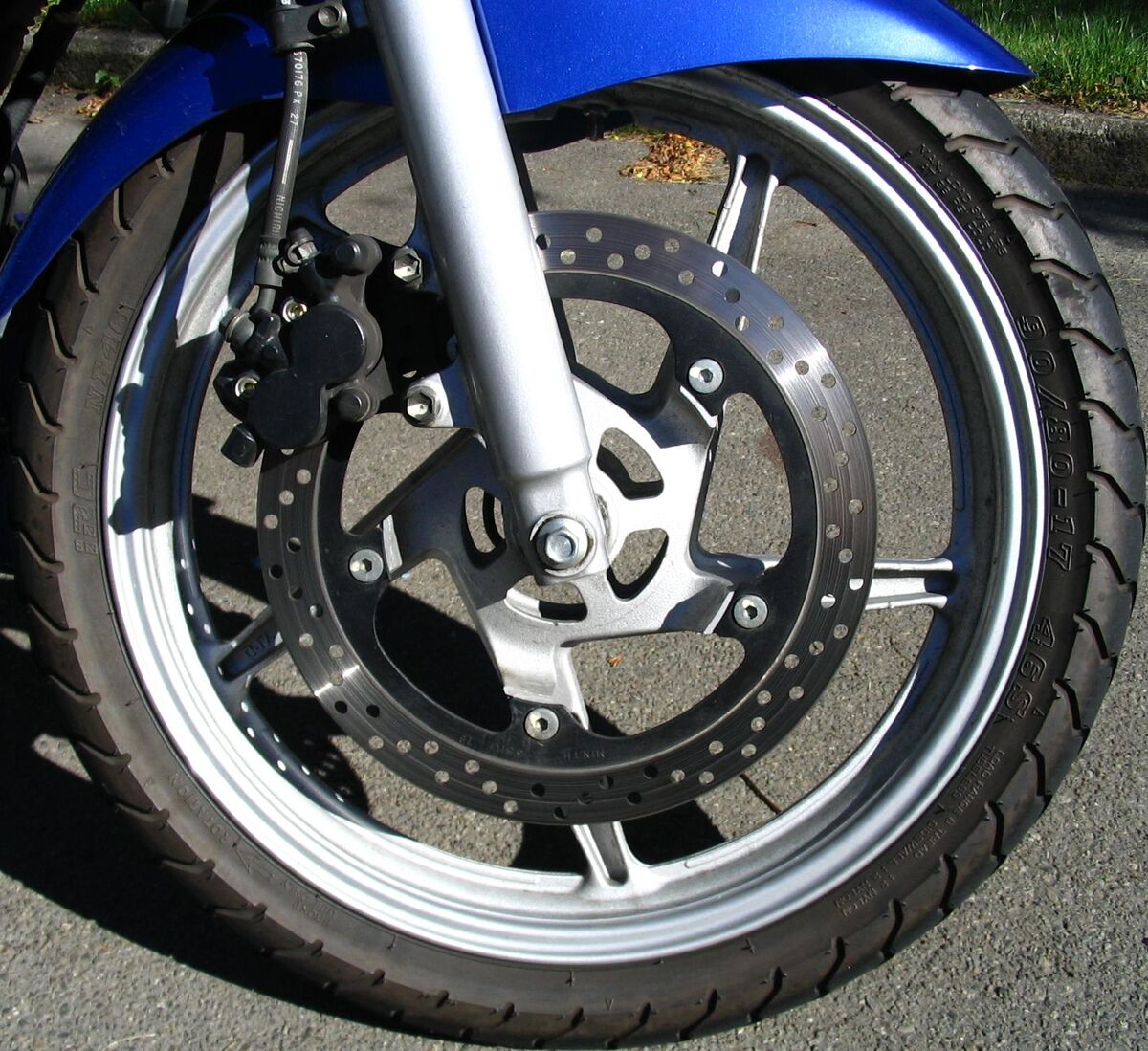A force is a push or pull that alters an object's state of motion or changes its shape.
Depending on the force exerted and the object's prior movement, the consequences for motion can vary.
Effect of a Force Depending on the Object's State of Motion
|
Object's Initial State of Motion |
Direction of Force |
Consequences on Motion |
|
Motionless |
Any direction. | The object moves in the direction exerted by the force. |
| Parallel and in the same direction as the motion. | The object accelerates. | |
| Parallel and in the opposite direction to the motion. | The object slows down, stops or reverses its motion. | |
| Perpendicular to the motion. | The object changes direction. |
Furthermore, as the definition indicates, a force can also cause an object to deform. Depending on the mechanical properties of the object, it will be affected differently in relation to forces: it may resist the force, deform (either elastic deformation or permanent deformation) or break apart (fracture).
There are different types of force. They are explained in detail in the following concept sheets:
To enable soldiers to get in and out of a helicopter in flight, ropes are attached to support the soldiers' weight (or gravitational force).
Brakes exert a friction force on the wheels, allowing a motorbike to stop.

